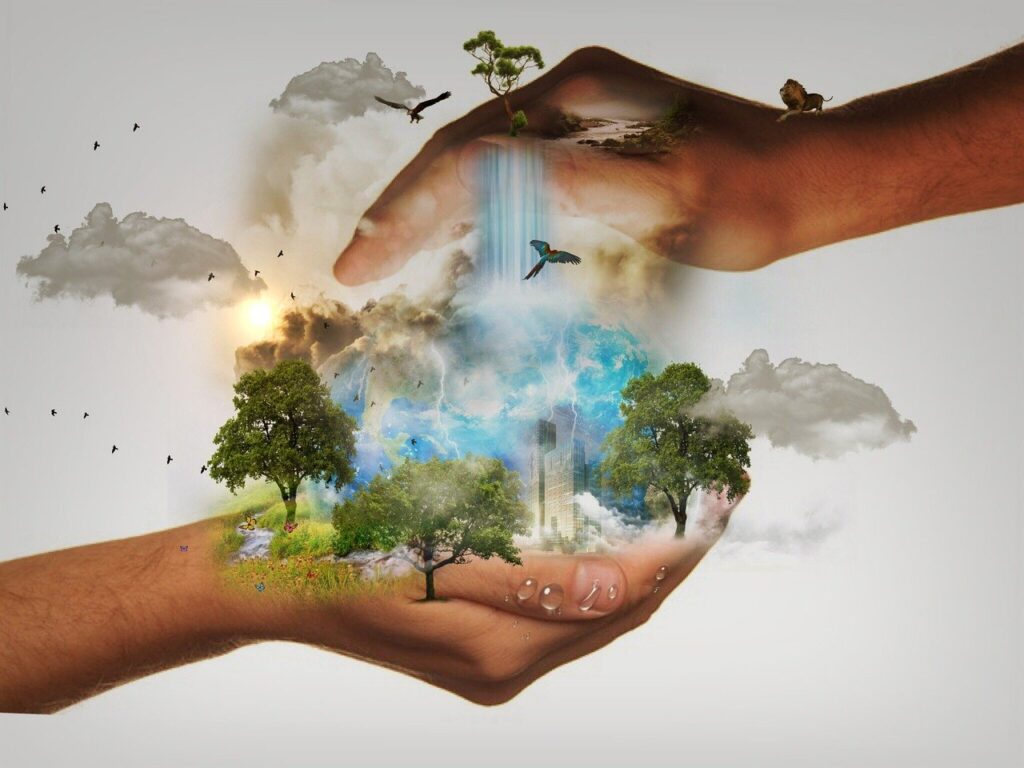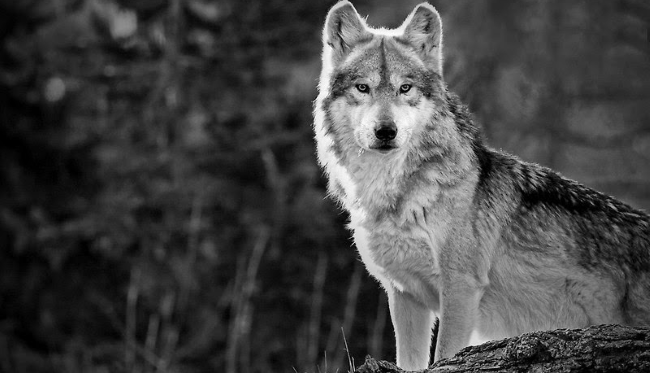Throughout human history, mystics, shamans, and spiritual seekers have described existence as divided into interconnected realms. These cosmological maps offer profound insights into consciousness, spirituality, and our place in the universe.
The concept of multiple worlds or realms appears across diverse cultures and spiritual traditions, from Siberian shamanism to Norse mythology, from indigenous American practices to modern esoteric teachings. Understanding these realms opens doorways to deeper self-knowledge and spiritual transformation.
🌍 The Three-Tiered Universe: An Ancient Universal Framework
The division of reality into Upper, Middle, and Lower Worlds represents one of humanity’s oldest and most widespread spiritual frameworks. This tripartite cosmology appears remarkably consistent across continents and cultures that had no historical contact with one another.
Ancient shamanic traditions from Siberia to the Amazon describe a universe structured in vertical layers, connected by a cosmic axis or World Tree. Norse mythology speaks of Yggdrasil, the great ash tree connecting nine worlds. Indigenous Australian cultures describe similar layered realities, as do traditional African spiritual systems.
This universal pattern suggests something fundamental about human consciousness and our relationship to existence. Whether these realms exist as objective realities or as archetypal structures within the collective unconscious remains a question that bridges spirituality, psychology, and philosophy.
✨ The Upper World: Realm of Vision and Higher Consciousness
The Upper World represents the realm of elevated consciousness, divine wisdom, and spiritual teachers. Described across traditions as luminous, ethereal, and filled with crystalline light, this domain connects seekers with higher aspects of reality.
Characteristics of the Upper World
Journeyers to the Upper World consistently report experiences of brilliant light, expansive skies, and celestial landscapes. This realm manifests as mountain peaks touching clouds, crystalline cities, or endless starfields. The atmosphere feels rarified, uplifting, and filled with refined energy.
Beings encountered in the Upper World typically include spirit guides, angels, ascended masters, and enlightened ancestors. These entities offer guidance, wisdom, and perspective on life’s larger patterns and purposes. Communication often occurs telepathically or through symbolic imagery rather than conventional language.
Accessing Upper World Wisdom
Traditional methods for accessing the Upper World include drumming, meditation, prayer, and sacred plant ceremonies. Shamanic practitioners describe climbing the World Tree, ascending rainbow bridges, or being carried upward by spirit animals with wings.
The Upper World provides answers to questions about purpose, destiny, and spiritual evolution. Seekers journey here for life direction, understanding karmic patterns, and connecting with their higher self. The insights gained often feel transpersonal, transcending individual ego concerns.
Modern practitioners might recognize Upper World experiences in peak states during deep meditation, moments of creative inspiration, or experiences of cosmic consciousness. The realm represents our capacity for transcendence and connection to universal mind.
🌿 The Middle World: The Physical and Energetic Present
The Middle World constitutes the reality of everyday existence—the physical plane we inhabit, along with its subtle energetic dimensions. This realm encompasses both material reality and the spiritual forces operating within and around it.
The Dual Nature of Middle World Reality
Unlike the Upper and Lower Worlds, which exist primarily as spiritual dimensions, the Middle World contains both physical and non-physical aspects. It includes the tangible world of matter, bodies, and natural phenomena, alongside the invisible energies, spirits, and forces that animate physical existence.
Many shamanic traditions teach that the Middle World houses nature spirits, elementals, ghosts, and various entities bound to physical locations. These beings may be helpful, neutral, or challenging, requiring discernment and respect from practitioners who work with them.
Middle World Spiritual Practice
Working in the Middle World involves honoring the spirits of place, communicating with nature intelligences, and addressing energetic imbalances in the present environment. This might include house clearing, land healing, or resolving disturbances caused by troubled spirits.
The Middle World teaches us about embodiment, presence, and the sacred nature of physical reality. Rather than seeking escape from material existence, Middle World wisdom emphasizes the divine within matter and the importance of grounded spirituality.
- Connecting with plant and animal spirits in their natural habitats
- Working with the elements: earth, water, fire, air, and space
- Honoring ancestors and the spirits of place
- Energy healing focused on the physical and etheric bodies
- Environmental and ecological spiritual practices
🌑 The Lower World: Gateway to the Unconscious and Primal Power
Despite unfortunate associations with hell or demonic realms in some religious traditions, the Lower World in shamanic cosmology represents something entirely different. This realm connects us with instinctual wisdom, power animals, and the transformative forces of the unconscious mind.
Landscapes of the Lower World
The Lower World typically appears as wild, primal nature in its most vibrant expression. Journeyers describe dense forests, vast cave systems, underground rivers, and landscapes teeming with animal life. Colors appear more saturated, sensations feel more intense, and the energy pulses with raw vitality.
This realm feels distinctly earthy and embodied rather than ethereal. It connects us with our animal nature, survival instincts, and the deep wisdom carried in our bodies. The Lower World holds ancestral memories, primal emotions, and the shadow aspects of psyche that require integration.
Power Animals and Guides
The most characteristic inhabitants of the Lower World are power animals—spiritual allies in animal form who offer protection, power, and specific teachings. These aren’t merely symbols but are experienced as autonomous beings with distinct personalities and wisdom to share.
Each power animal brings particular qualities and medicine. Bear might offer healing power and introspective wisdom, while hawk provides far-seeing vision and perspective. Snake teaches transformation and renewal, while wolf brings loyalty and intuitive knowing about social dynamics.
The Lower World and Psychological Depth
From a psychological perspective, the Lower World correlates with the personal and collective unconscious described by Carl Jung. Journeying downward into this realm parallels depth psychology’s exploration of repressed material, archetypal forces, and shadow integration.
The Lower World journey often involves confronting fears, reclaiming lost power, and retrieving soul parts fragmented by trauma. This realm facilitates deep healing work, helping individuals reconnect with instinctual wisdom disconnected by over-rationalized modern life.
🔄 The World Tree: Axis Mundi Connecting All Realms
Central to three-worlds cosmology stands the World Tree, axis mundi, or cosmic axis—the vertical connection linking all realms. This universal symbol appears as Yggdrasil in Norse tradition, the Tree of Life in Kabbalistic teaching, and the sacred cottonwood or ceiba in various indigenous traditions.
The World Tree represents the shaman’s primary vehicle for traveling between worlds. Its roots extend deep into the Lower World, its trunk stands firmly in the Middle World, and its branches reach into the Upper World. This image maps both cosmic structure and the human being as microcosm.
Practically, the World Tree provides orientation during spiritual journeys. Travelers visualize entering through roots to access the Lower World, climbing the trunk to reach the Upper World, or walking around the base to explore different aspects of the Middle World.
🎭 Journeying Between Worlds: Techniques and Practices
Shamanic journeying represents the primary method for consciously exploring these realms. Unlike dreams, which occur spontaneously during sleep, shamanic journeys involve intentional altered states achieved through specific techniques while maintaining awareness.
Core Shamanic Journey Method
The foundation practice involves rhythmic drumming, typically at 4-7 beats per second, which induces theta brainwave states associated with deep meditation and visionary experience. Practitioners lie down, cover their eyes, and set a clear intention before the journey begins.
The journey follows a structure: entering through a visualized portal (tunnel, cave opening, or tree), traveling to the intended realm, interacting with spirits and guides, receiving teachings or healing, and returning the same way. Upon return, journeyers record their experiences and integrate the insights received.
Safety and Ethics in Spirit Realms
Working with these realms requires discernment, protection, and ethical conduct. Experienced practitioners emphasize the importance of establishing relationships with helping spirits before attempting deeper work, maintaining clear boundaries, and approaching all beings with respect.
| Realm | Primary Access Point | Main Purpose | Typical Guides |
|---|---|---|---|
| Upper World | Ascending through tree, mountain, or sky | Wisdom, purpose, transpersonal guidance | Teachers, angels, enlightened beings |
| Middle World | Horizontal travel from present location | Present-moment work, nature spirits, energy healing | Nature spirits, elementals, ancestors |
| Lower World | Descending through roots, caves, or water | Power retrieval, healing, instinctual wisdom | Power animals, earthy guides |
🧠 Psychological and Neuroscientific Perspectives
Modern psychology and neuroscience offer frameworks for understanding three-worlds experiences without diminishing their significance. These realms might be understood as archetypal structures of consciousness, brain states, or interfaces between mind and larger reality.
Neuroscientific research on shamanic journeying shows distinct brainwave patterns during these practices. The theta states induced by rhythmic drumming correlate with the hypnagogic threshold between waking and sleeping—a state traditionally associated with visions, creativity, and access to unconscious material.
From this perspective, the three worlds might represent different layers or modes of consciousness rather than external locations. The Upper World correlates with superconscious or transpersonal awareness, the Middle World with ordinary waking consciousness, and the Lower World with subconscious and unconscious processes.
🌐 Cross-Cultural Variations and Universal Themes
While the basic three-worlds structure appears remarkably consistent globally, specific details vary significantly across cultures. These variations reflect environmental factors, cultural values, and unique spiritual insights from different traditions.
Siberian shamanic traditions emphasize the World Tree and describe multiple levels within each major realm—sometimes seven, nine, or more subdivisions. Celtic traditions speak of the Otherworld, accessed through mounds, wells, or liminal times like twilight. Australian Aboriginal cosmology describes the Dreamtime as a parallel dimension coexisting with ordinary reality.
Despite surface differences, universal themes emerge: the existence of multiple dimensions of reality, the possibility of conscious travel between them, the presence of helping spirits and guides, and the therapeutic and spiritual value of these explorations.
🔮 Practical Applications in Modern Life
Understanding the three worlds offers more than abstract spiritual philosophy—it provides practical frameworks for healing, creativity, and personal growth relevant to contemporary challenges.
Healing and Therapeutic Applications
Shamanic practitioners use three-worlds journeying for soul retrieval, power animal retrieval, extraction healing, and psychopomp work. These methods address spiritual dimensions of physical, emotional, and psychological distress often overlooked by conventional approaches.
Mental health professionals increasingly recognize the therapeutic value of shamanic frameworks. The imagery and experiences naturally externalize internal psychological processes, making them easier to work with than purely talk-based therapy alone.
Creative and Professional Development
Artists, writers, and innovators journey to access inspiration, overcome creative blocks, and connect with their muse. The Upper World provides visionary perspectives, while the Lower World releases raw creative energy and instinctual knowing.
Business professionals and leaders use shamanic journey work for decision-making, strategic vision, and leadership development. The practice offers alternative perspectives on challenges when rational analysis reaches its limits.
⚖️ Balancing the Worlds: Integration and Wholeness
Spiritual maturity involves not just accessing these realms but integrating their wisdom into balanced, grounded living. Problems arise when individuals become fixated on one realm while neglecting others.
Excessive focus on the Upper World can lead to spiritual bypassing—using transcendent experiences to avoid dealing with practical realities and emotional work. Over-emphasis on the Lower World might manifest as being overly instinct-driven without higher guidance. Remaining stuck in the Middle World alone limits access to deeper healing and wisdom.
True wholeness requires honoring all three realms, recognizing that physical existence in the Middle World represents the integration point where Upper World vision and Lower World power meet and manifest.
🌟 Contemporary Relevance: Ancient Wisdom for Modern Times
In an era of environmental crisis, mental health challenges, and spiritual disconnection, the three-worlds framework offers crucial medicine. It reconnects us with nature’s intelligence, provides direct spiritual experience beyond dogma, and restores relationships with dimensions of reality that materialistic worldviews exclude.
The practice addresses the modern epidemic of disconnection—from nature, from our bodies, from community, and from meaning. By acknowledging multiple dimensions of existence, we expand beyond the flattened reality of purely material existence.
As humanity faces unprecedented challenges requiring both technological innovation and wisdom, the three-worlds perspective reminds us that solutions emerge from integrating multiple ways of knowing. Rational analysis serves us well in the Middle World, but addressing our deepest crises requires accessing the transformative power of the Lower World and the illuminating vision of the Upper World.
🚪 Beginning Your Own Journey Through the Realms
For those called to explore these realms, beginning with proper preparation ensures safe, meaningful experiences. Start by establishing a relationship with a power animal or spirit guide through basic journeying practices. Many communities offer workshops in core shamanic techniques that provide structured introduction to these practices.
Regular practice develops the skill like any other. Initial journeys might feel vague or imaginative, but with consistency, the experiences typically become more vivid, autonomous, and clearly differentiated from ordinary imagination. Keeping a journey journal helps track patterns, teachings, and development over time.
Remember that these practices come from intact wisdom traditions. Approach them with respect, humility, and willingness to be changed. The realms aren’t tourist destinations but living dimensions of reality that respond to genuine seekers with transformative encounters.
The mysteries of the Upper, Middle, and Lower Worlds await those brave enough to explore beyond consensus reality’s boundaries. Whether understood as objective dimensions, psychological structures, or both simultaneously, these realms offer pathways to healing, wisdom, and the recovery of humanity’s ancient birthright—direct, experiential relationship with the sacred dimensions of existence. The journey begins with a single intention and the willingness to discover what lies beyond the ordinary world’s thin surface.
Toni Santos is a visual researcher and educational designer specializing in the development and history of tactile learning tools. Through a hands-on and sensory-focused lens, Toni investigates how physical objects and textures have been used to enhance understanding, memory, and creativity across cultures and ages, while exploring the transformative practices of shamanic journeying, sacred plant medicines, and spiritual rituals. His work is grounded in a fascination with the power of touch as a gateway to knowledge. From embossed maps and textured alphabets to handcrafted manipulatives and sensory kits, Toni uncovers the subtle ways tactile tools shape cognitive development and learning experiences, while engaging with shamanic journeying and altered states, sacred plant medicines and their use, spirit animals and totems, and rituals for personal transformation. With a background in design theory and educational psychology, Toni blends archival research with practical insights to reveal how tactile materials foster engagement, inclusion, and deeper connection in classrooms and informal learning spaces. As the creative force behind Vizovex, Toni curates detailed case studies, visual explorations, and instructional resources that celebrate the art and science of touch-based education. His work is a tribute to: The transformative role of tactile tools in learning The intersection of sensory experience, cognition, and spiritual insight The craft and innovation behind educational objects and ritual practices Whether you’re an educator, designer, or lifelong learner, Toni invites you to explore the rich textures of knowledge—one touch, one tool, one discovery at a time.




